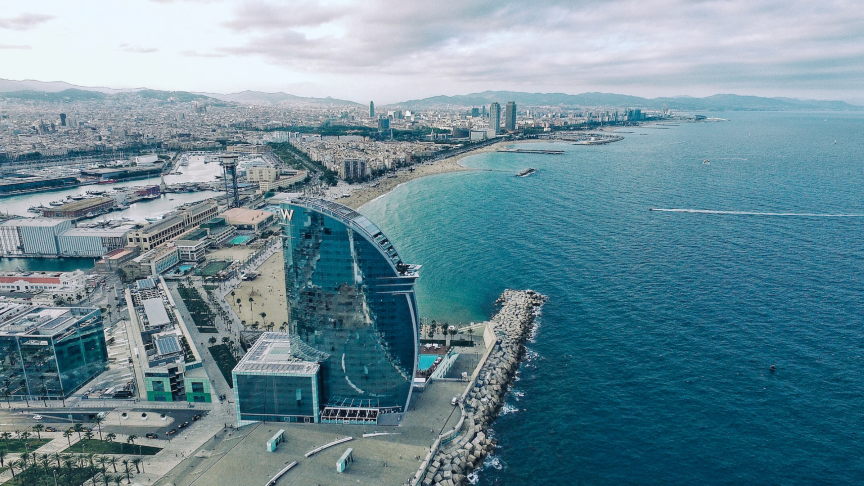Water scarcity has become a critical challenge for urban areas worldwide, prompting cities to adopt smart solutions that ensure every drop is efficiently used. Smart cities leverage technology, data-driven systems, and innovative infrastructure to monitor water consumption, reduce losses, and promote reuse, demonstrating that intelligent management can make urban water use sustainable and measurable.
Singapore provides a leading example with its NEWater initiative, which converts treated wastewater into high-quality recycled water, supplying nearly 40% of the city’s demand. Advanced monitoring, strict quality control, and public awareness campaigns have normalized the use of recycled water for industrial and potable purposes, illustrating how governance and technology together can optimize scarce resources. Similarly, Barcelona employs IoT-enabled smart meters and sensors to detect leaks, monitor consumption, and adjust supply in real time, reducing distribution losses and improving efficiency. Amsterdam combines digital tools with ecological design through its RESILIO project, part of the “sponge city” model. Green roofs, permeable pavements, and retention basins capture rainfall, recharge groundwater, and reduce flooding, transforming rooftops into blue-green infrastructures.
In India, cities are beginning to adopt similar approaches. In Bengaluru, tap aerators has saved nearly 100 million liters of water daily, while lake rejuvenation projects under the Karnataka Water Security and Resilience Program enhance water availability. Pune’s Planet SIM system manages water usage in over 15,000 flats, achieving up to 25% water savings across over 50 housing societies. Supported by national programs like the Smart Cities Mission and Jal Jeevan Mission, these initiatives show that technology, monitoring, and community engagement can conserve water even in rapidly growing urban centers.
These examples show that smart water management succeeds when technology, planning, and civic participation work together. Predictive analytics, decentralized reuse systems, adaptive pricing, and real-time monitoring produce tangible savings only when supported by policy frameworks and citizen awareness.
To truly make every drop count, cities must integrate innovative infrastructure, digital monitoring, and community-driven stewardship. By optimizing water use, reducing losses, and promoting reuse, smart cities can secure resilient, efficient, and sustainable urban water systems for current and future generations.
SOURCES:
- https://www.waterworld.com/wastewater-treatment/article/16203044/reclaimed-wastewater-meets-40-of-singapores-water-demand
- https://www.tomorrow.city/barcelonas-innovative-smart-water-management-makes-the-most-of-every-drop/
- https://www.theguardian.com/environment/2024/may/02/on-every-roof-something-is-possible-how-sponge-cities-could-change-the-way-we-handle-rain
- https://timesofindia.indiatimes.com/city/bengaluru/aerators-helping-city-save-close-to-10-crore-litres-of-water-daily-bangalore-water-supply-and-sewerage-board/articleshow/124324497.cms
- https://planetsmartcity.in/planet-sim-sets-new-standards-in-water-management-600-million-litres-managed-in-punes-15000-flats/

